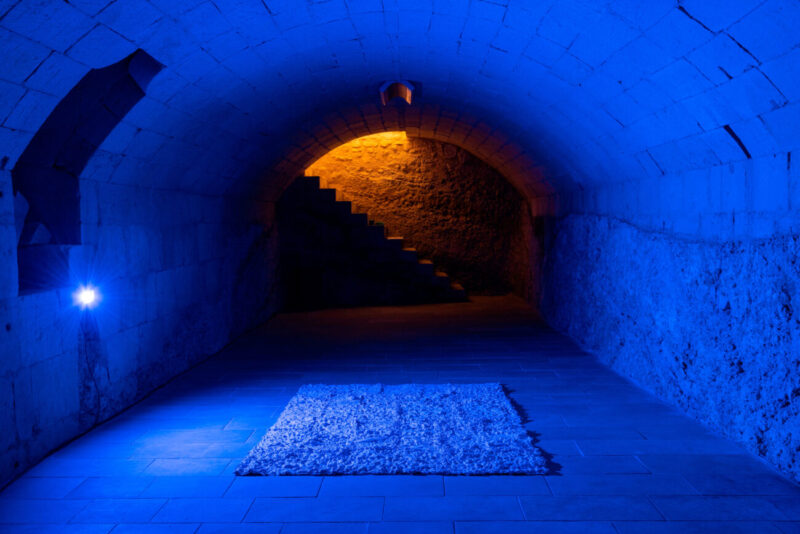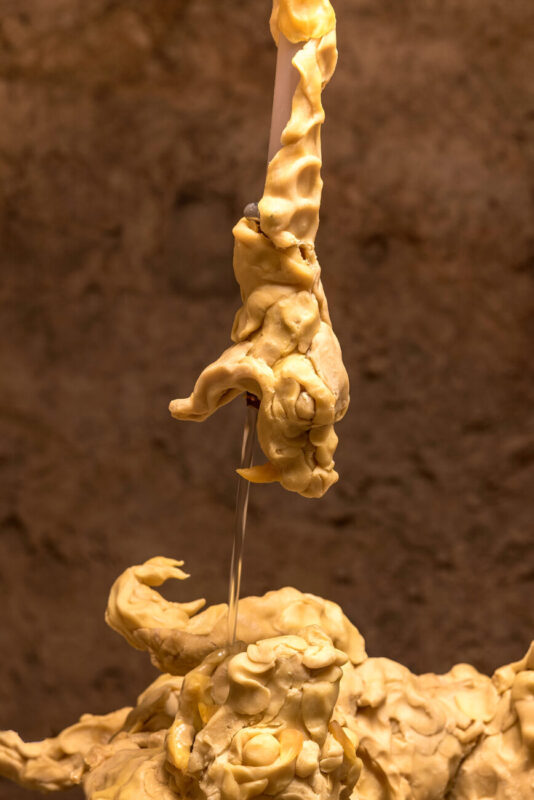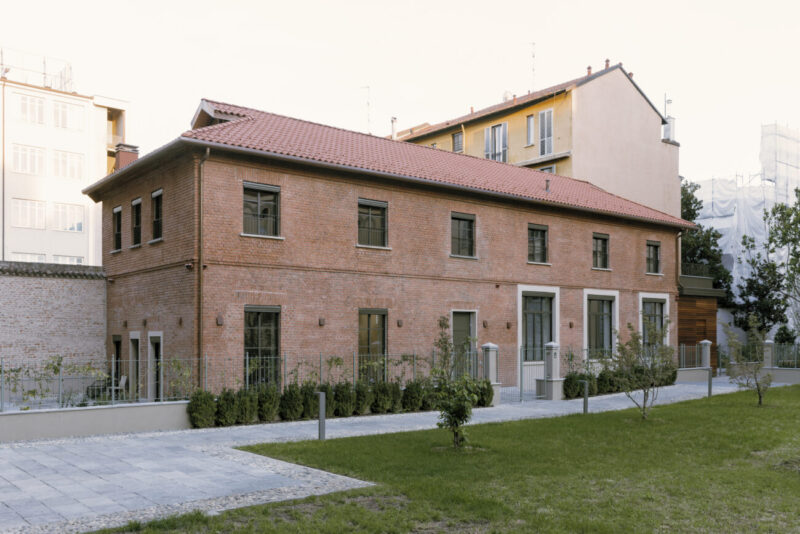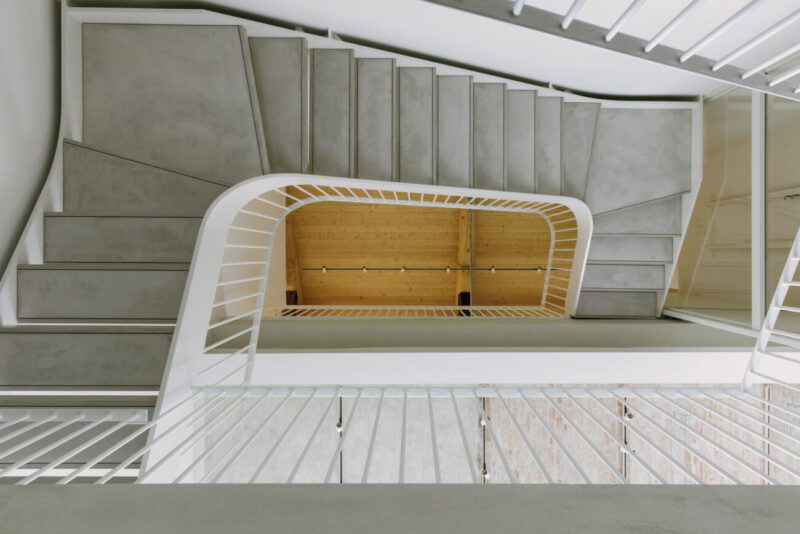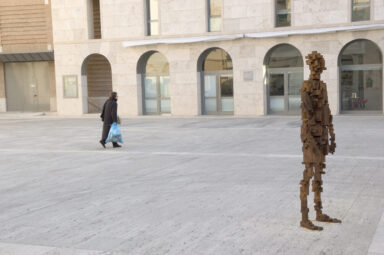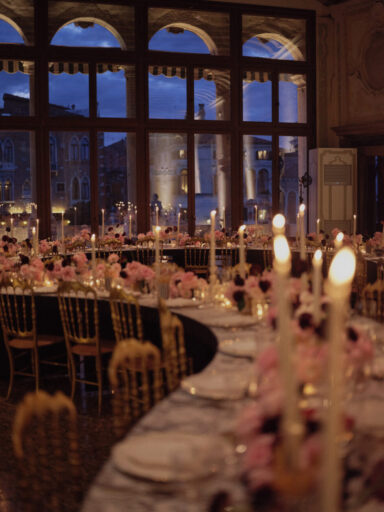On the new exhibition space Fondazione Elpis in Milan by the director Bruno Barsanti
Words Gianmarco Gronchi
To set into the cultural context of a metropolis like Milan is never easy. That is why the opening of Fondazione Elpis is a remarkable act of courage. For insiders and contemporary art lovers, this name will not be new. Founded by Marina Nissim, an entrepreneur, and collector who chose to give back to the community her love for art, Fondazione Elpis has in fact been active since 2020 with the project Una Boccata d’Arte (An Art Breath). With its fourth edition that will run from June 24 to Sept. 24 2023, this project is realized in collaboration with Galleria Continua and with the participation of the curatorial agency Threes. Una Boccata d’Arte aims to bring contemporary art inside small Italian villages with site-specific installations. The attention to the local, to small communities, to the dialogue between artists and provincial territorial realities has made Fondazione Elpis stand out nationally for the quality and innovation of the proposal. Now the Foundation has felt the need to open an exhibition space in the center of Milan, in order to have a stable, continuous, and reference presence in the area. Bruno Barsanti, director of the Foundation, explained to us where this need came from and what initiatives will be hosted here.
Gianmarco Gronchi: Where did the idea of Fondazione Elpis come from?
Bruno Barsanti: Fondazione Elpis was born in 2020 from the idea of Marina Nissim, a Milanese entrepreneur, and collector who decided to make her contribution to the support of young artists and the dissemination of art and culture to a wide audience. Fondazione Elpis, before opening its physical exhibition space in Milan in the fall of 2022, had already held a number of group exhibitions, also born out of the founder’s passion and often her travels. In 2020, Fondazione Elpis created Una Boccata d’Arte, a project spread throughout Italy that each led to the creation of 20 site-specific interventions in small villages by contemporary artists. On the other hand, the exhibition venue opened with the exhibition. HAZE. Contemporary Art From South Asia. Hosted inside an old industrial laundry that is part of a former religious complex now restored and repurposed for civic and housing purposes, the redevelopment of the new venue was entrusted to the work of architect Giovanna Latis. Latis worked on a conservative restoration, and we will use this space to host meetings, exhibitions, performances, and talks. The idea is to mirror the activities of the Foundation, which has been attentive to the most experimental and innovative artistic languages since its inception, also opening up to collaborations with distant or peripheral cultural hubs, in an attempt to reflect on the contemporary world.
GG: Why is working with small local communities important?
BB: Una Boccata d’Arte is a project conceived by Fondazione Elpis that was born during the pandemic out of the need to find lost spaces. It is an attempt to space reappropriation. It is a project that has grown and consolidated quickly, evolving, and becoming aware of certain issues. Even the term suburb is a term around which we should discuss in depth. With this cultural project, we try to reflect on what it means to work in small contexts, where there is a living community, and a well-defined local dimension. The re-appropriation of heritage is pursued through the work and reflection of artists who study and are inspired by the encounter with the territory, culture, and traditions of the locals. The interventions come from a dialogue between the community and the artist and sometimes become permanent.
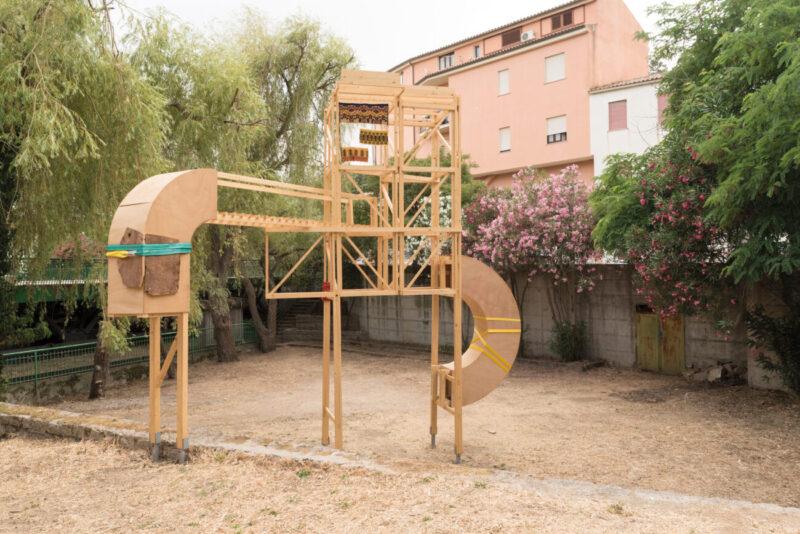
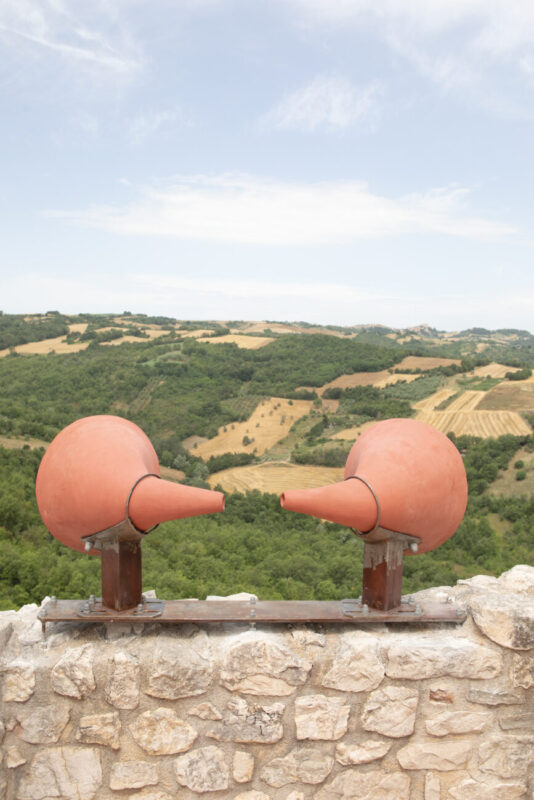
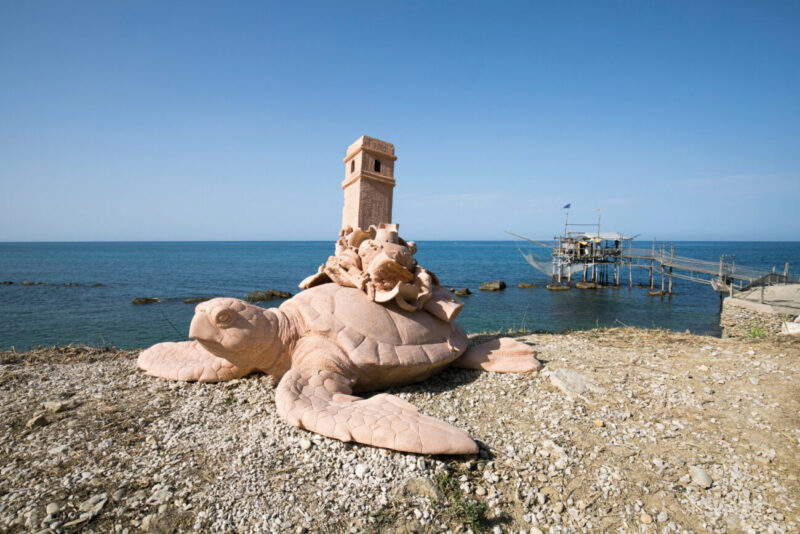
GG: And why open a physical exhibition venue in Milan?
BB: Milan is a dynamic city, open to dialogue and multiple interventions, which also expresses Marina Nissim’s vision. The physical venue wants to be a showcase in which to display experiences born in other, often distant places. It is a place to bring visions that go beyond the self-narration and self-referentiality of certain contemporary art. Special attention, of course, is paid to working with new generations of artists. Even the curators are mostly really young, and they usually grow professionally with this project, creating a pool of shared encounters and knowledge. The core of Fondazione Elpis’ projects is the encounter, the community dimension, the dialogue, and personal growth
GG: Why open the new venue with an exhibition dedicated to Asian artists?
BB: This exhibition takes off from a series of coincidences. The idea for the exhibition was born in 2019 through a series of studio visits to the Indian subcontinent. The direct knowledge and intermediation of local curators, immersed in the cultural context and in direct contact with the artists, made the exhibition project take shape, and the delay due to the pandemic delayed its opening by two years. The exhibition is meant to be a glimpse into another art scene and another geography. Paradoxically, if we had opened the new venue with an exhibition on Italian villages, the result would not have been too conceptually distant from an exhibition on Asian art. In this case, the geographical distance is sublimated by the poetics of travel and sometimes universal themes and issues, which are particularly strong for the artists in the exhibition.
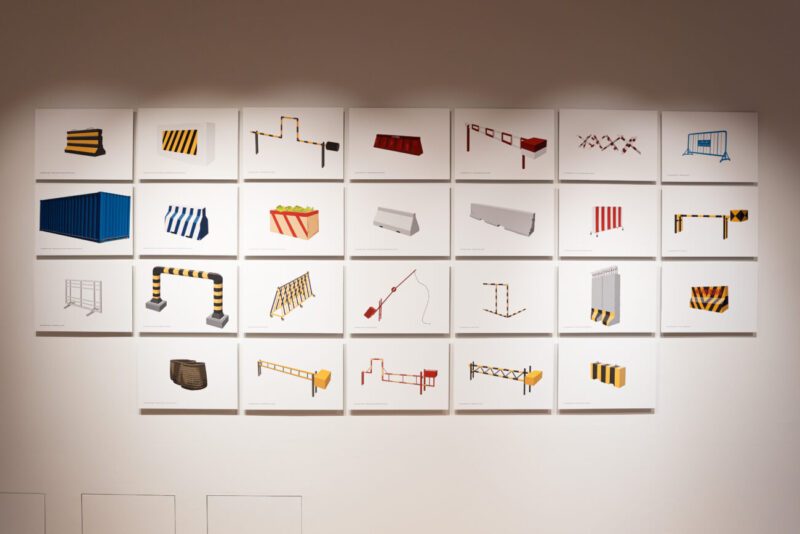
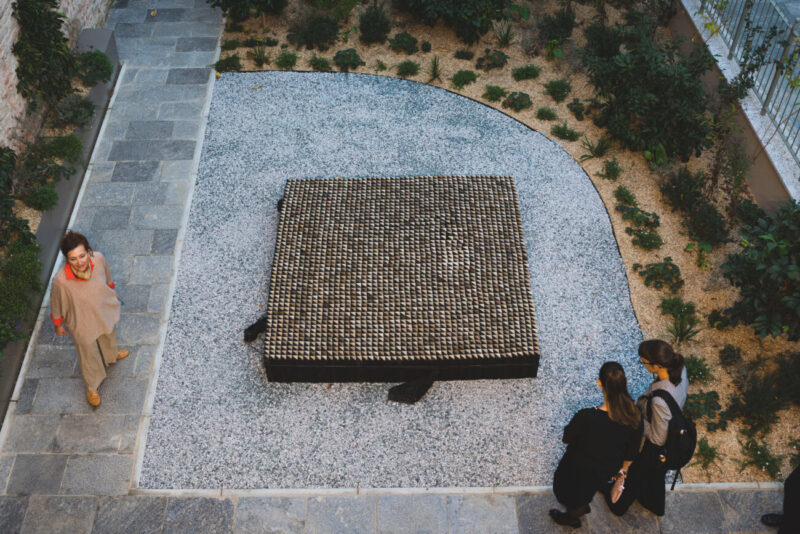
GG: And what projects would you like to develop in the future?
BB: Fondazione Elpis intends to bring to Milan cultural experiences that originated in other areas, far from the main cultural centers, in order to bring them into an active and lively context like the Milanese one. Certainly, there is the intention to continue the path started with Una Boccata d’Arte. In general, Fondazione Elpis will focus a lot on research and the work of young artists and curators. The projects that we will develop in the physical location in Milan will tend to be the exhibition landing place of works born during residencies and collaborations with local realities that often operate in decentralized contexts. In fact, on April 4 we will open the second temporary exhibition, which will be entitled Chì ghe pù Nissun! (There is No One Here!) with works by Bekhbaatar Enkhtur, Martina Melilli, Matteo Pizzolante and Agnese Spolverini. The exhibition project is realized in collaboration with Ramdom, a cultural association active on the Apulian territory since 2011, confirming the collaborative and territorial vocation of Fondazione Elpis. The exhibition stems from a series of artistic residencies launched in 2022 at the spaces of KORA-Centro del Contemporaneo in Castrignano de’ Greci (Lecce). The artists in the exhibition will present a personal reinterpretation of the concept of “Meridione” (South) and its geographical, historical, and socio-anthropological implications. We believe that Fondazione Elpis can be a free space, without cages, open to experimentation, and with flexible cultural programming that is focused on changes. At this stage, we want to focus on projects that arise from dynamics akin to our thinking, without worrying too much about the number of exhibitions or events held in a year. Perhaps we are going against the trend compared to the rhythms experienced in Milan, but we believe it can work.
